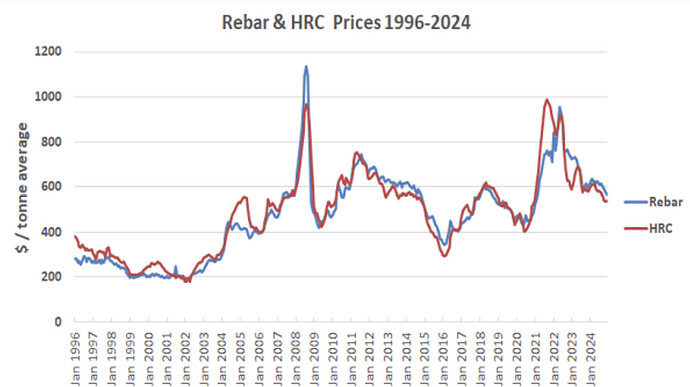PEB is an undifferentiated, 5-10 rs/kg spread business in India. Client is not going to pay you for “quality” when everyone, at least all top players (which are quite many) deliver steel-framed buildings with same quality and efficiency. For e.g. Interarch did 1450 cr revenue on 135000 MT utilized capacity in FY25 (~110 rs/kg finished product). All top PEB players are doing business in this range given largely commoditized nature of the product. If you bid for a job quoting 1000 MT (11 cr) and the lowest bidder quotes 900 MT (10 cr), client will almost always choose the latter, regardless of whether you call yourself Mercedes or Maruti. So there is a race to the bottom which encourages unsafe “optimization” techniques. Companies shave steel tonnage to undercut rivals and quite often, compromise with structural integrity. Its funny and scary at the same time: an industrywide practice is to selectively apply American design standards to Indian projects when it results in lighter sections (lower tonnage) and ignore critical provisions that would require more steel, despite vastly different load conditions (e.g. wind, seismic) in India vs US.
Many PEB structures collapse during erection stage due to:
a) Incompetent design by unqualified engineers/BIM detailers.
b) Subpar fabrication standards
c) Inept erection procedures by under-trained site crew
Here is an example of a PEB collapse during installation:
Granted, top tier PEB companies maintain better controls and such instances are rare but quality of design & fabrication in PEB, in general is still quite poor in my view.
Second is reliance on HR steel coil prices which is about 3/4th of the fixed cost generally.
-
HR steel coil prices currently are ~50-55 rs/kg ex-mill, 20-25% below 2021-22 peak of 65-70 rs/kg. Processing cost (cutting, fabrication, painting/galvanization) and wastage (~5%) elevate the cost up to 65-70 rs/kg as of today.
-
Then you’ve power, freight, erection and other overheads adding 20 rs/kg.
-
Employee cost is about 10 rs/kg.
This makes a spread of ~10 rs/kg i.e. ~10% operating profit, at a time when HRC prices, adjusted for inflation are at pre-Covid levels after a massive energy price shock. They chose IPO timing wisely ;)
Outlook for HRC prices appears to be stable in near to medium term but what happens when HRC prices go up? Orders are generally at fixed cost but most PEB companies nowadays are putting in their contract that they’ll bear 5-10% of steel price fluctuation and pass rest to the client. As steel prices rise, PEB contractor’s margins erode, then order volumes may also decline. But capacities are high fixed cost in nature so companies may have to undercut the prices further to get the job and keep the plants running. In essence, a typical price taker industry. Some may find it surprising that Interarch was selling finished PEB at 100 rs/kg a decade ago (HRC prices adjusted for inflation were similar to where they are today).
Having said that, Interarch remains the best business in this space. Management is prudent and follows “fix it at any cost” approach. Key-man risk remains as the next generation lacks the technical depth of Arvind Nanda and Gautam Suri.
Separately, I was surprised with 13% margins from M&B engineering given how tight unit economics are. Turns out, they are indeed doing small 2000-5000 sq mtr warehouses in USA under technical collaboration with Varco Pruden. Again, these are very small projects, they can command higher spreads but unlikely to move the needle significantly in my view.
P.S: I have no intention to criticize the industry without reason. I am a structural engineer by profession and understand a bit about steel structures. I also happen to know structural engineers working in PEB industry. If you ever visit Helsinki, check out the T2 terminal, which is 100% steel structure. I designed that back in 2020 



